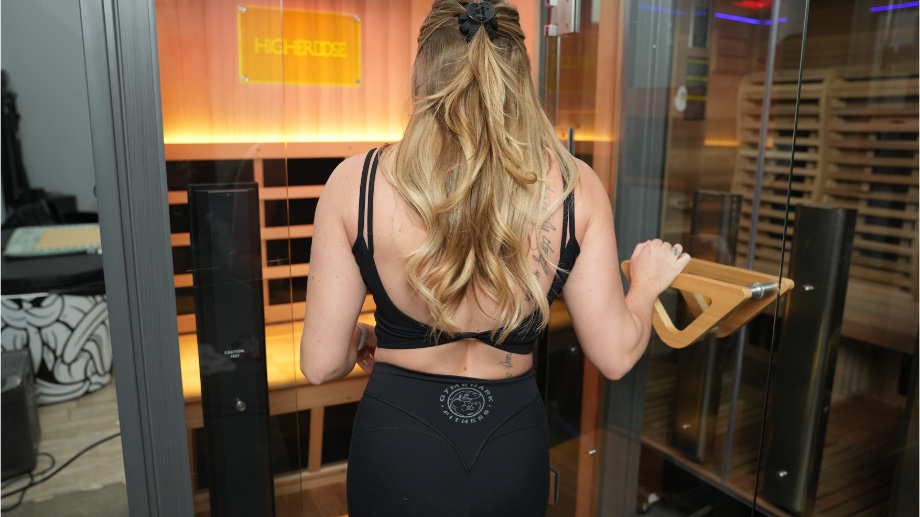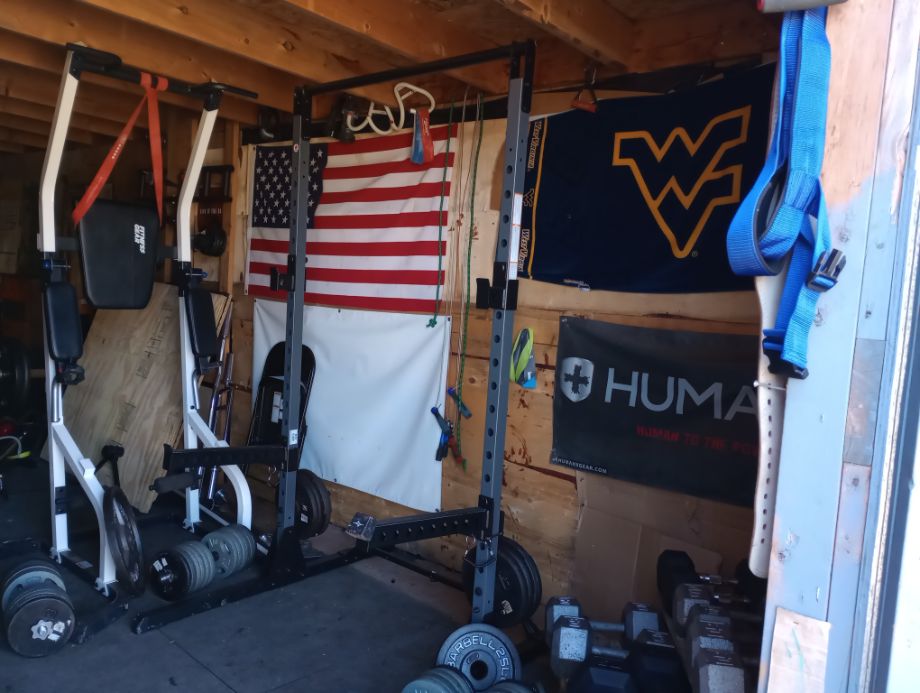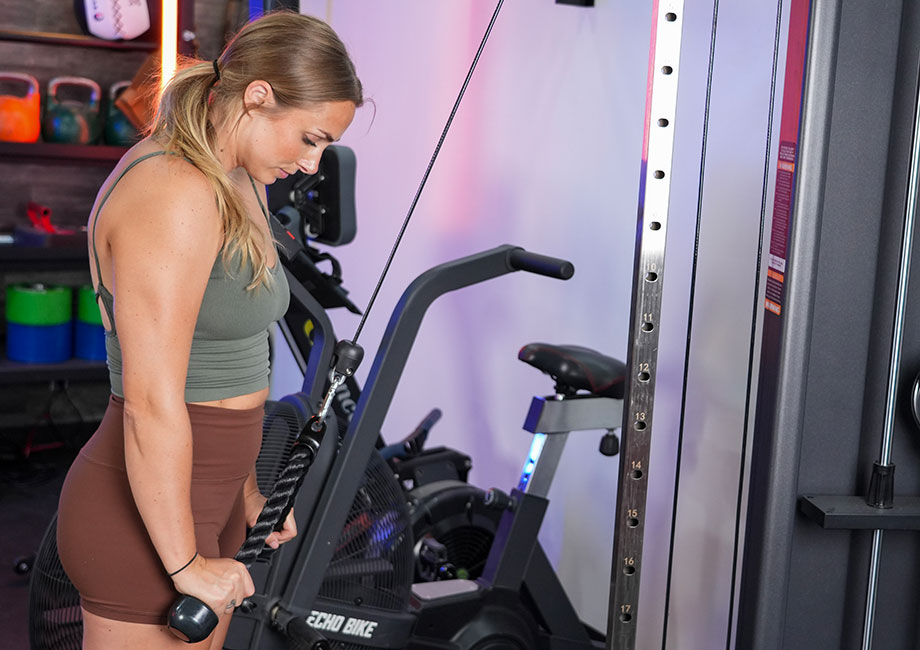Home saunas can be a great addition to caring for your well-being. The history of the sauna is rooted in Finnish tradition, and the health benefits range from speeding recovery times1 to improving cardiovascular health2, so it’s no wonder that saunas are becoming a more popular investment in North America. If your sauna is well-made and thoughtfully crafted, you can easily use it for a lifetime! But the first step in ensuring a long life is knowing how to clean saunas.
Whether you’re using your sauna several times a week or only on occasion, you’ll want to be sure you’re keeping up with your regular sauna maintenance to keep a clean sauna.
In this article, I’ll share some of my best home sauna cleaning tips and discuss what you need to know (or what you should have available) to keep your sauna clean, how frequently you should maintain your sauna, and what products are best to maximize the lifespan of your sauna.
6 Expert Tips For Keeping Your Sauna Clean
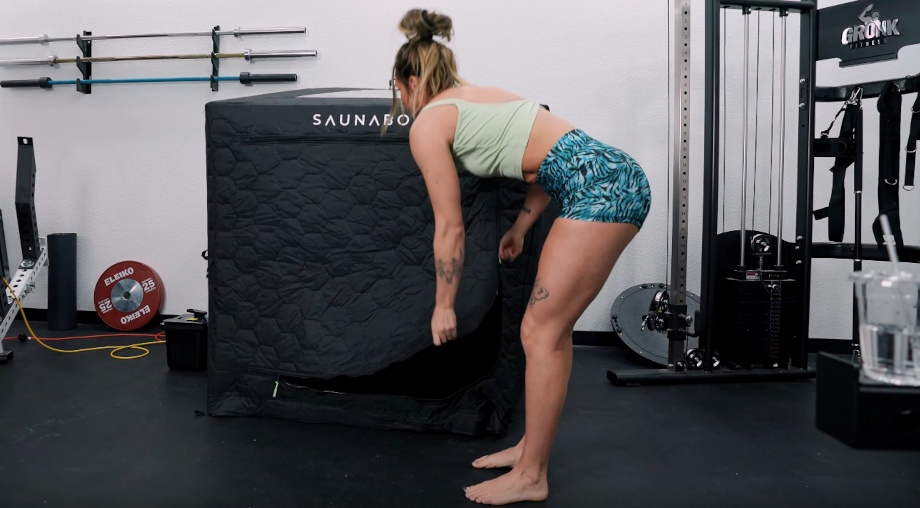
I work at a commercial traditional sauna, where we host as many as 180 guests per day. I’ve also had a few shifts where I cleaned each sauna up to eight times throughout the day, so I’m well-practiced in keeping these steamy rooms clean. You don’t need to worry about multiple daily cleanings for your home sauna, but keeping a clean sauna can make for a longer lifespan and a better overall experience.
RELATED: How Long Should You Stay In A Sauna?
Just like cleaning your home, your sauna will require different levels of effort at different intervals—you wouldn’t shampoo your carpets every week, would you? I’ve broken down the cleaning types below by how often you can expect to do them.
1. Practice Preventive Cleanliness
There are some ways you can keep your sauna clean before it even gets dirty! Sitting on a towel can be a great way to keep the heat directly off your skin, and it can also prevent your sweat from coming into direct contact with the wood benches and backrests of the sauna, lowering the chances of staining. It’s also worth taking a moment to ensure you’re entering the sauna with clean feet (or clean footwear if you choose to wear shoes or sandals inside).

2. Regular Cleaning or “With Use” Cleaning
You can do some sauna maintenance and cleaning during your sauna session, as well. These cleaning tasks can vary depending on the type of sauna you have and the type of sauna heater you’re using.
For example, if you’re using a wood-fired stove as a sauna heater, clean your ash pan out each time you start your sauna fire. Cleaning the ash pan before each use should ensure that the embers from the previous use are sufficiently cooled and no longer a potential fire risk. A good way to stay on top of this is to clean your stove before each use. Use this time—before the stove is hot—to scrape out any excess ash or other remnants before building a new fire.
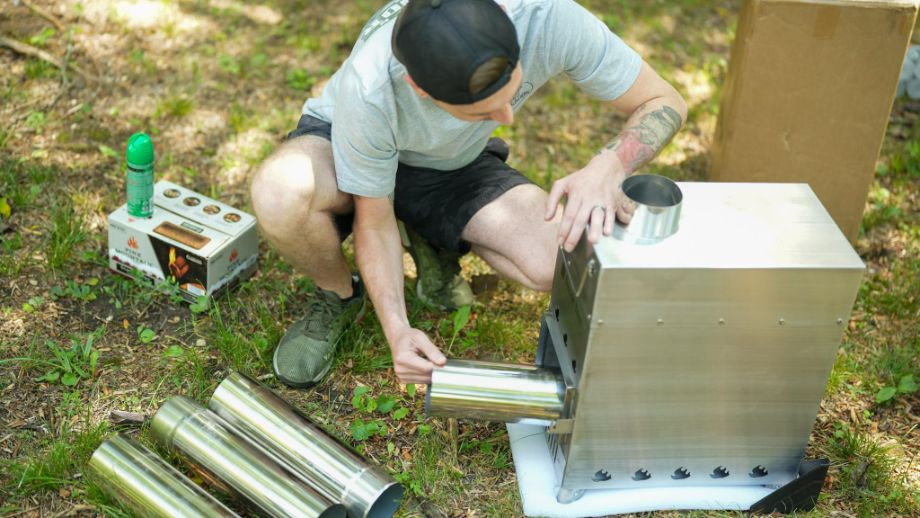
In general, wipe all excess moisture from wood surfaces in the sauna room. When done using the sauna, take a damp cloth and wipe up any excess sweat or water gathered on the sauna surfaces, benches, backrests, or floors. This helps ensure the space dries as quickly as possible and can help defend against any warping that may occur in the wood.
RELATED: Best Wood For Saunas
3. Weekly Surface Cleaning
Surface cleaning keeps dust and other debris from building up in your sauna, which can get wet with steam and become harder to clean over time. You can do this type of cleaning when the sauna is hot, but it’s much easier to do before it reaches the desired temperature. Aim to clean your surface once a week or after every three uses—whichever comes first.
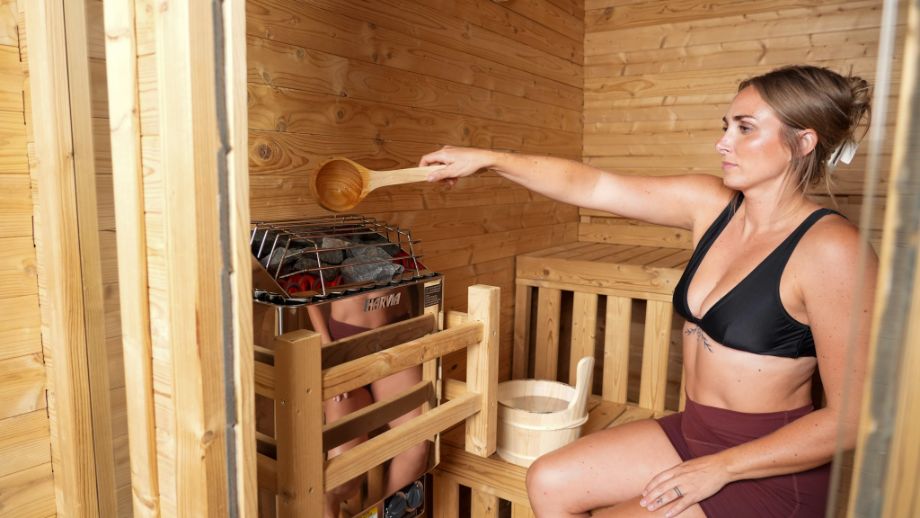
Here are some quick tips to help you keep major surface areas spick and span throughout your sauna routines:
- Windows: If you have a sauna with a view, make sure you’re getting the most out of it. For interior windows, squeegee away any excess moisture, then use a gentle glass cleaner and microfiber cloth. For exterior windows, use a mild detergent and warm water.
- Floors: Keeping your floors debris-free is essential for a good sauna experience. Using a soft broom, a vacuum, or even a hand-held vacuum cleaner can be worthwhile solutions. Be sure you get underneath your sauna benches and around your stove, too.
- Stove: Your sauna stove shouldn’t need regular cleaning unless something gets stuck in or on it. If this happens, wait for the stove to cool completely before cleaning it.
RELATED: 6 Dry Sauna Benefits
4. Deep Cleaning or Seasonal Cleaning
Just like spring cleaning your house, the sauna can use a more thorough deep cleaning from time to time. It’s great to do the following annually or biannually to ensure your sauna is operating at peak condition:
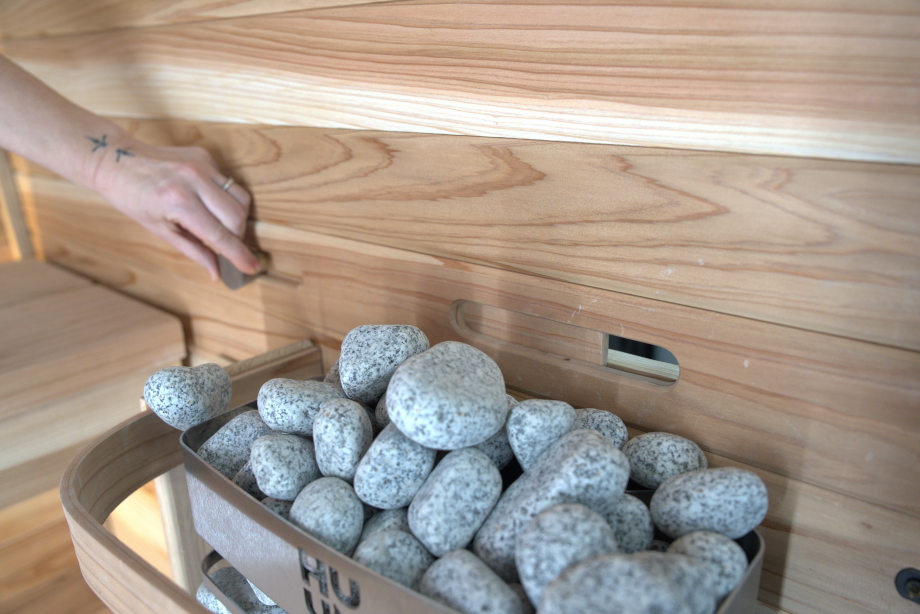
- Sauna stones: Many saunas use stones that create the thermal mass around your sauna stove and are usually held in place by thick wires or a metal cage. Once a year, when your sauna is cold, remove all the stones from around your stove and clean any dust or dirt that has accumulated there. It’s not uncommon for stones to “shed” a little, depending on what kind of rock you use, so you may see some gravel-like debris as you clean up. When finished cleaning around the stove, wipe the sauna stones off before putting them back.
- Outside cleaning: If your sauna is a free-standing outdoor sauna, you want to clean the outside of it annually. This can help keep bugs and other critters at bay while keeping your sauna looking its best. Depending on the finish of the outside of your sauna, you may be able to use a pressure washer for an easy, thorough clean, but check in with your sauna manufacturer’s recommendations first.
- General inspection: Seasonal cleaning is a great time to take stock of things you might not notice in your day-to-day sauna use. Are the benches all sturdy? Are any floorboards loose? Does the sauna door open and close correctly, and with ease? If there are seals around any windows, doors, or walls, are they all intact? Also, if you notice any splinters in the wood interior of your sauna, use fine-grain sandpaper and gently rub along the grain of the wood until the splinter is removed and smoothed evenly.
RELATED: Sauna Maintenance
5. Use Chemical-Free Cleaning Products
Depending on the cleaning you plan on doing, you may want to use different types of cleaners. Remember that anything you use to clean the interior of your sauna is likely to get hot enough to evaporate into a vapor, which means you’ll probably be inhaling it at some point. For this reason, I typically avoid using harsh chemicals like bleach.
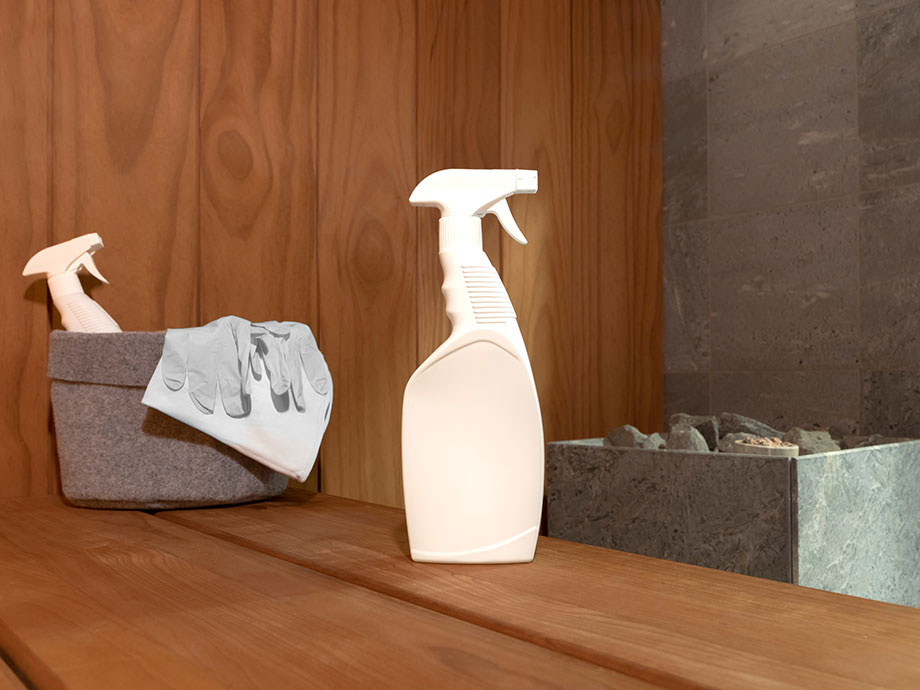
Here’s what I would recommend using for interior sauna cleaning protocols:
- Mild glass cleaner: For windows, mix 2 cups of distilled water with 1 cup of white vinegar for a non-toxic and highly effective glass cleaning solution. Spray the solution on your windows and use a lint-free or microfiber cloth to wipe clean.
- For sauna benches and backrests: Cleaning benches, backrests, and even floors with a damp cloth works fine for regular use cleaning, but if you’re trying to get sweat stains or other stubborn marks out of the sauna wood, mix one gallon of water with one drop of mild detergent or dish soap and use a soft hand brush to scrub the stain with the grain of the wood. If the stain still won’t budge, try making a paste of vinegar and baking soda and scrub gently with the grain of the wood. Use caution, though, as this mixture can have a tendency to bubble up. Rinse away with clean, warm water.
6. Keep Your Cleaning Accessories Pristine
Part of keeping your sauna clean is making sure everything you use with your sauna is clean, too! Be sure to use fresh, clean water for your steam, and clean the container and ladle for your sauna water after each use. If you use any essential oils for aromatherapy, use oils specifically intended for heating and aerosolization.
RELATED: How To Use a Sauna
How To Clean Saunas: Final Thoughts
Whether using an infrared sauna, traditional wood-fired, or electrically heated sauna, you want to get the most out of your sauna sessions for years to come. Keeping your sauna clean is the first step in committing to this wellness practice. Keep these basics in mind when you’re thinking about keeping a clean sauna:
- A little goes a long way. You don’t have to do a full scrub-down after each use of your sauna. However, taking a moment to wipe down excess moisture and clear away dust bunnies can go a long way toward making your sauna last a lifetime and improving the quality of your sauna experience.
- Remember, items in the sauna get as hot as the sauna. This means that some things can melt and some things may evaporate. Avoid bringing harmful liquids or harsh chemicals into your sauna room, and steer clear of plastics, which can melt and cause staining across wooden surfaces.
- Consider the ritual. For many—particularly in Finland—sauna use is a ritual of self-care and well-being. Caring for the space can be a part of that ritual, as well. The cleanliness of your sauna may even help increase satisfaction in your overall sauna experience.
RELATED: Home Sauna Cost
How To Clean Saunas: FAQs
How often should a sauna be cleaned?
It depends on the level of cleaning you’re looking to do. Plan on doing a small amount of cleaning each time you use the sauna and thorough cleanings on a weekly and seasonal basis.
Can bacteria grow in saunas?
Bacteria can grow in saunas, but that’s not necessarily bad. The types of bacteria in your sauna are often the same ones that live on your skin. However, if you want to do an antibacterial cleanse of your sauna, mix one gallon of warm water with one drop of a mild detergent, then use a damp cloth to wipe down all the benches and backrests. Be sure to rinse the detergent mixture with clean water afterward, too. That said, a hot, humid area is prone to mold, which is fungal and not bacterial—though the two can be mistaken for one another.
What is the lifespan of a sauna?
As long as it’s properly cared for, a high-quality home sauna should last a lifetime and, hopefully, be enjoyed by several generations.
References
- Ahokas EK, Ihalainen JK, Hanstock HG, Savolainen E, Kyröläinen H. A post-exercise infrared sauna session improves recovery of neuromuscular performance and muscle soreness after resistance exercise training. Biol Sport. 2023 Jul;40(3):681-689. doi: 10.5114/biolsport.2023.119289. Epub 2022 Sep 15. PMID: 37398966; PMCID: PMC10286597.
- Laukkanen T, Kunutsor SK, Khan H, Willeit P, Zaccardi F, Laukkanen JA. Sauna bathing is associated with reduced cardiovascular mortality and improves risk prediction in men and women: a prospective cohort study. BMC Med. 2018 Nov 29;16(1):219. doi: 10.1186/s12916-018-1198-0. PMID: 30486813; PMCID: PMC6262976.




